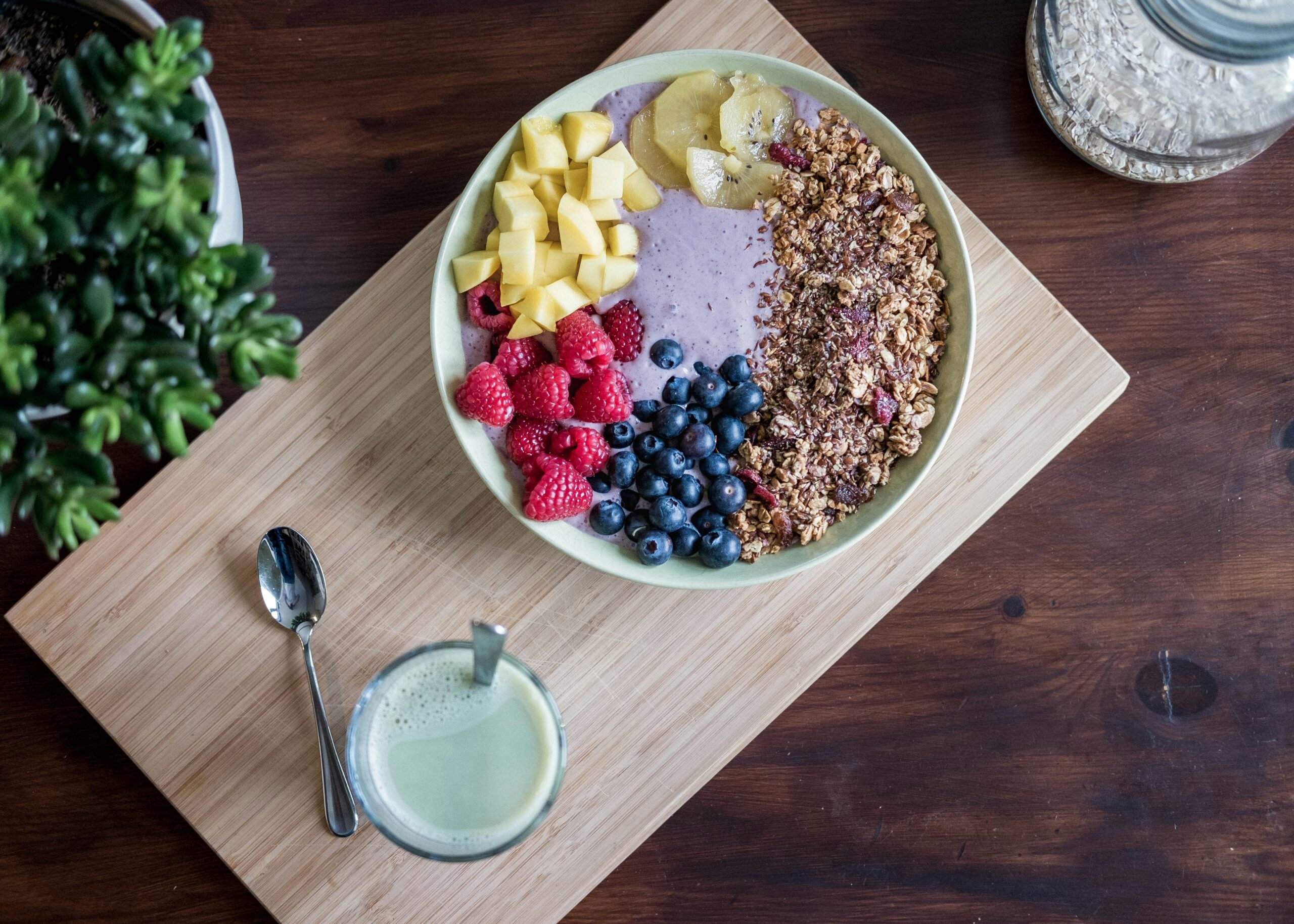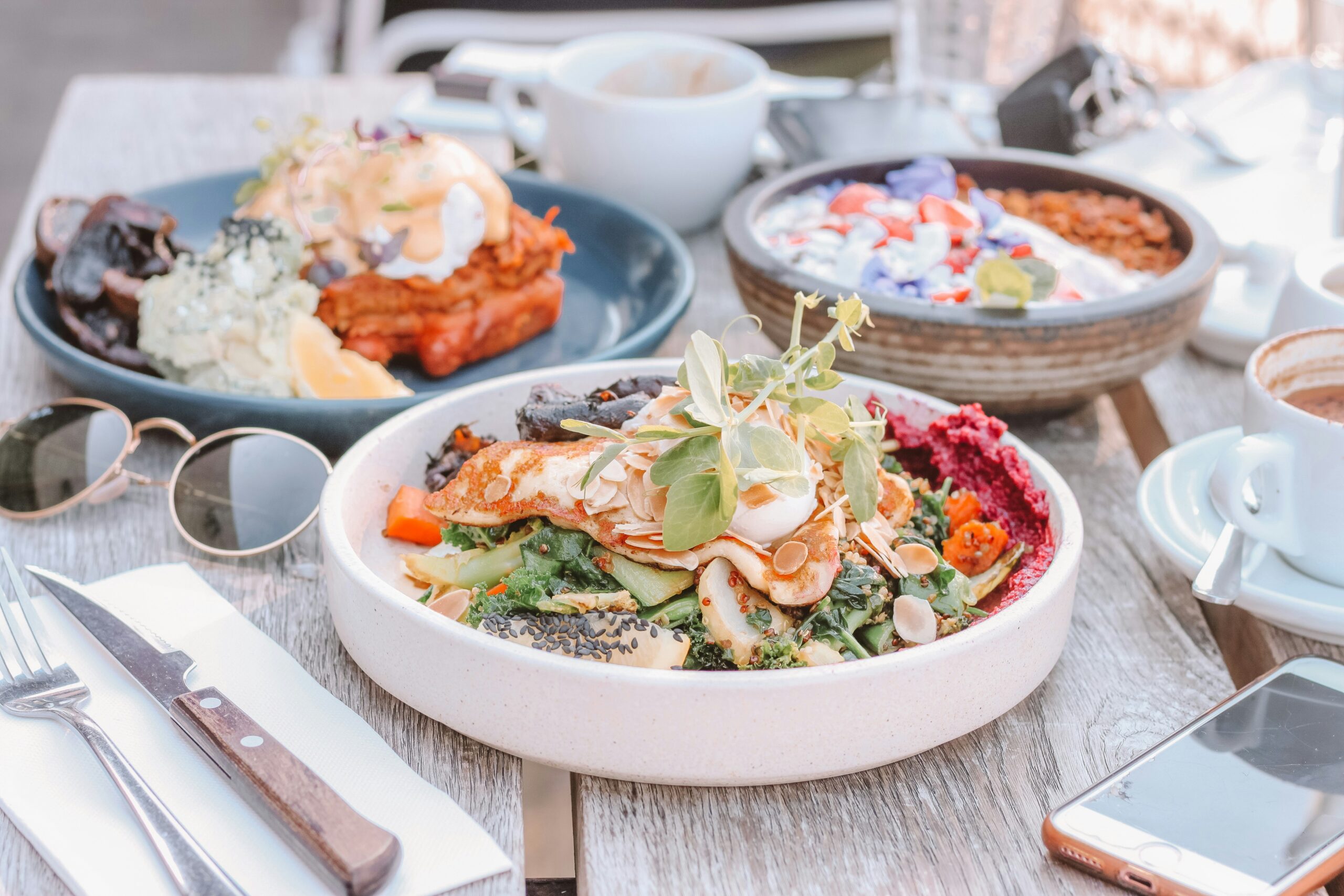The Best Fluffy Pancakes recipe you will fall in love with. Full of tips and tricks to help you make the best pancakes.

Introduction to Breakfast Curries
The concept of breakfast curries is an exciting culinary trend that has gained traction in recent years. Traditionally, curries have been associated with lunch and dinner, particularly in South Asian cuisines. However, incorporating this flavorful dish into the breakfast repertoire not only offers a delightful start to the day but also reflects the evolving nature of global dining habits. Various cultures around the world have embraced the idea of using spices and ingredients commonly found in curries to create wholesome breakfast options that cater to diverse palates.
In countries like India, Sri Lanka, and Nepal, it is common to find curries served alongside rice, bread, or pancake-like dishes in breakfast spreads. The rich use of spices such as turmeric, cumin, and coriander not only infuses the food with unique flavors but also provides numerous health benefits. For example, turmeric is renowned for its anti-inflammatory properties, while other spices aid digestion and enhance overall well-being. These health benefits make breakfast curries a savvy choice for those looking to combine taste with nutrition.
Moreover, as vegetarianism and plant-based diets gain popularity globally, breakfast curries can be easily adapted to include an abundance of vegetables, lentils, and legumes, making for a satisfying meal that is both nourishing and filling. The increasing demand for innovative breakfast ideas has led chefs and home cooks alike to explore the wonderful world of breakfast curries, and the variations are endless. Whether it’s an aromatic coconut curry with sweet potatoes or a spicy chickpea curry, these dishes can cater to different dietary preferences and cultural tastes, thus making breakfast curries an exciting and inclusive addition to morning routines.
Ingredients for the Healthy Breakfast Curry
To prepare a delicious and nutritious breakfast curry, it is essential to gather a variety of ingredients that together provide a balanced meal. These ingredients can be categorized into four main components: vegetables, proteins, spices, and base elements.
Vegetables: Start with a mix of vibrant vegetables such as spinach, bell peppers, and tomatoes. Spinach is rich in iron and vitamins A and C, contributing to overall health. Bell peppers offer a crunchy texture while providing a wealth of antioxidants and vitamins, essential for a robust immune system. Finally, tomatoes not only add acidity and sweetness but also contain lycopene, which is renowned for its health benefits.
Proteins: For the protein component, consider incorporating chickpeas or tofu. Chickpeas are an excellent source of plant-based protein, dietary fiber, and various vitamins and minerals, aiding in digestion and promoting satiety. Alternatively, tofu, a soy-based protein, is low in calories and rich in calcium, making it an ideal choice for boosting protein intake without excess fat.
Spices: Spices are crucial for enhancing the flavor profile of the curry. Essential spices include turmeric, cumin, and coriander. Turmeric is known for its anti-inflammatory properties, while cumin aids digestion and provides a warm, earthy flavor. Coriander adds a citrusy aromatic touch, contributing to the dish’s overall sensory appeal.
Base Elements: Finally, a base of coconut milk serves to create a creamy consistency while adding healthy fats, and enriches the curry with a unique tropical flavor. For a lighter alternative, almond milk or vegetable broth can be used. Each of these base elements ensures the dish remains moist and flavorful.
Incorporating these carefully selected ingredients not only fosters a nourishing morning meal but also offers flexibility through substitutions based on dietary preferences. Whether one opts for vegan or vegetarian options, this breakfast curry can easily be tailored to individual needs, making it a versatile and healthy start to the day.
Step-by-Step Cooking Instructions
To prepare a delicious and nutritious breakfast curry, follow these detailed instructions carefully to ensure an excellent result. Begin by gathering your ingredients: onions, garlic, ginger, tomatoes, chickpeas, and a variety of spices including turmeric, cumin, and coriander. Fresh vegetables such as spinach or bell peppers can be added for additional nutrients. Ensure all these are washed and chopped as needed before starting the cooking process.
Start by heating a tablespoon of oil in a medium-sized pan over medium heat. Once the oil is hot, add finely chopped onions and sauté until they become translucent—this usually takes around 5-7 minutes. The correct temperature is crucial as it allows the onions to release their natural sugars, enhancing the depth of flavor in your curry.
Next, incorporate minced garlic and grated ginger; cook for an additional 2-3 minutes until fragrant. This step not only contributes to the overall flavor profile but also helps to build a solid base for your curry. Add the dry spices at this point, stirring them in to toast, which will release their essential oils and maximize taste. Ground spices should be cooked lightly to avoid bitterness.
After the spices are well integrated, add chopped tomatoes, allowing them to break down and create a rich sauce. This should take about 10 minutes. Ensure to stir occasionally to prevent burning. Once the tomatoes are softened, mix in the chickpeas, combining everything well. At this stage, you may choose to add water or vegetable broth to adjust the consistency of the curry.
Allow the mixture to simmer for another 10 minutes, letting the flavors meld. Towards the end, incorporate fresh spinach or bell peppers, allowing them to wilt, which should take around 3-5 minutes. Season with salt and pepper to taste, ensuring every ingredient has the right balance.
When the curry is done, serve it warm with a side of whole-grain toast or rice. Enjoy your healthy breakfast curry, bursting with flavor and nutrients!
Serving Suggestions and Variations
When it comes to enjoying a breakfast curry, the possibilities are extensive, allowing for a level of customization that caters to personal tastes and dietary preferences. A well-composed breakfast curry pairs wonderfully with several accompaniments, adding both flavor and texture to the meal. Traditional Indian breads, such as naan or paratha, can provide a delightful base for scooping up the curry. Alternatively, whole grain toast or gluten-free breads serve as excellent choices for those looking for lighter options. For a refreshing contrast, serve the curry alongside a tangy yogurt or raita, which can enhance the dish’s overall taste profile while providing a cooling effect.
Beyond traditional serving methods, there is ample opportunity to introduce creative twists to your breakfast curry. For those adhering to a vegan diet, substituting coconut cream for dairy can provide a rich creaminess while maintaining that authentic flavor. Similarly, gluten-free enthusiasts can easily tailor the recipe by omitting thickeners or opting for gluten-free grains like quinoa or buckwheat. Incorporating seasonal vegetables, such as spinach in spring or pumpkin in fall, not only elevates the nutritional content but also introduces delightful seasonal flavors that can make each iteration of the breakfast curry unique.
Additionally, experimenting with spices can offer new dimensions to the dish. Consider incorporating fresh herbs like cilantro or mint for an aromatic finish. A squeeze of lime or lemon juice can introduce a zesty note that balances the rich spices beautifully. For those who enjoy heat, experimenting with various chili powders or fresh chilies can help personalize the dish to desired spice levels.
This breakfast curry truly embraces the concept of versatility, allowing individuals to craft a culinary experience that resonates with their dietary needs while delighting the palate. The freedom to experiment ensures that every serving can become a unique creation, encouraging an exploration of flavors within this delightful meal.






